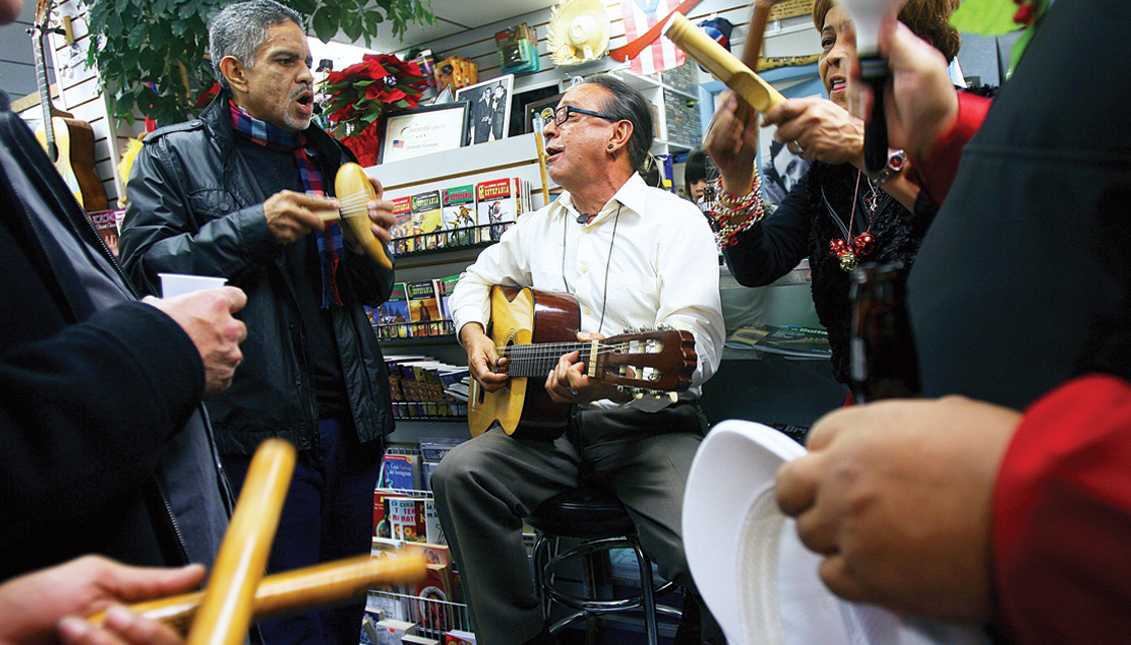
Latino rhythm in Christmas
The musical identity in one celebration. Inside the myriad of Latino Christmas traditions, music has always been a constant. This time we will review the…
Music is the spirit’s verb that manifests itself when words are not enough.
Every moment, in every culture; every celebration with every need; they all come along with a vocal vibration and rhythm, that synchronize and represent joy, pain, hope and love.
In every society, in every culture, there are rituals that require the expression of the feeling, and Christmas seems to be the epitome among them.
During December, the celebration of the Christian messenger’s birth is the most crafter repertoire in music history, especially since the incorporation of Gospel texts to musical compositions since the 17th Century.
But popular music was the one who reached distant and less literate social spheres, transforming the Gospel message into a cultural component, fundamental for Christmas tradition.
Specially in Latin America, where the cultural fusion has been so profound and nurturing.
African drum, indigenous instruments and the spirituality from the Peninsula, are the components that have rooted in Latin America’s popular music, and it’s present during the last months of the year.
In Latin America
The Villancicos are the most popular Christmas musical genre.
They come from the villas; they were non-religious popular music that took part in the oral tradition, appearing spontaneously for the telling of Jesus’ birth.
Together with the catechesis, popular religious music spread through Latin America, incorporating Caribbean rhythms and other genres, but keeping the orality intact.
Most popular Villancicos have always been: El Tamborilero, Mi burrito sabanero, Noche de Paz y Feliz Navidad.
Its transformation became local in every Latin American country, adding their particular color, according to each Nation’s identity.
In Venezuela, for instance, the Aguinaldo was born.
Differentiating itself from the Christmas gift, this musical genre emerged hand-to-hand with the liturgy and the adoration of Jesus’ birth.
Not only is this tradition the material representation of the birth in Bethlehem but a musical manifestation to adore the Infant God.
The Venezuelan Aguinaldo is fitted with hexasyllabic verses that are usually improvised, joined with violin, cuatro, clarinet, bandolin, furruco, drums, maracas and guitar.
There are two types of aguinaldos: la parranda and the religious one, whose fundamental difference relies on the theme, and they tend to vary according to the geographic zone where they come from (western, central, Guayana or the Andes).
The Catholic Church made one of the first exceptions in the liturgy in Venezuela, allowing the popular and joyful music inside the celebration of the Christmas masses.
The best-known songs are Niño Lindo, Cantemos Cantemos, Nació el Redentor, De Contento, Fuego al Cañón, Tun Tun, Un Feliz Año pa’ti, A ti te Cantamos y El Ángel Gabriel.
But one of the most powerful musical genres in the Venezuelan holidays has always been las gaitas. Although they belong to the national music repertoire (acknowledged as Cultural and Artistic Asset in Venezuela), the Venezuelan community around the world associates the gaita with Christmas.
The origin of this musical genre was the conjugation of the missionaries’ villancico, the drums, the sound of the furrureiguire, the maracas and the charrasca, besides a variation of the Iberian guitar: el cuatro.
While there are theories that suggest that the gaita was born as a protest song during the slavery, there are also other versions that allocate its beginnings directly to a fusion of the religious chant.
It’s a formal composition of verses and chorus, with regular and irregular metrics and with consonant or assonant rhymes; with autonomy in their traditional interpretation, whether is gaita de furro, de Santa Lucía, de Tambora or de Tamborera.
The best-known gaita groups are Gran Coquivacoa, Cardenales del Éxito, la Agrupación Gaitera Rincón Morales, Guaco and Maracaibo 15.
Among the most emblematic Christmas gaitas are: Sin Rencor, La grey Zuliana, Viejo Año, Negrito Fullero, Sentir Zuliano, Gaita buena no envejece y Nostalgia decembrina.
Similarly, every Latin American country has adopted the religious resources from the colonies. They have transformed them into a beautiful syncretic process, giving rise to their cultural identity that keeps particular characteristics, while sharing some elements between neighbors.
Such is the case of the chacarera in Argentina: a folkloric rhythm and dance that has spread from the province of Santiago del Estero to the rest of the country.
Traditionally performed with guitar, bombo legüero and violin, the charcarera has particular choreography and rhythm according to the region where is executed, and it’s a tradition in Christmas.
The most famous interpreters have been the Fronterizos, Los de Salta, Los Chalchaleros and especially the Carabajal family.
In Bolivia, tradition relies on the construction of musical instruments by children during Christmas Holiday, and the singing of traditional songs like Niño Manuelito.
Equator, for its part, gave birth to one of the most famous songs in Latin America due to its musical accompaniment and the prominence during the paraduras –the celebration of the Baby Jesus’ first steps.
This song is called: Dulce Jesús Mío by Salvador Bustamante Celi.
During Christmas in Dominican Republic, the merengue is never missing, being the representative musical genre that has been adapted to every season.
In Philly…
The Latino community in Philadelphia tends to focus on family and religion during Christmas. Inside the Puerto Rican community, the tradition is called Parranda.
It’s a celebration that begins in December and can reach the Three Kings Day. Parranda means a reunion of a group of friends to surprise their neighbors. Is a version of the Villancicos
Most of the people involved in the parranda will sing and play some instrument (guitar, drums, palitos or maracas).
The parranda doesn’t pretend to be religious. Instead, it’s a more secular expression. There are other traditional aguinaldos or Christmas songs that also keep alive the Holiday spirit.
Usually, the members – or parranderos – will reach the location and gather silently in somebody’s door around 10 pm to surprise their neighbor. Once the host opens the door and listens to the group, he invites them in where there are refreshments, music and dances.
After a couple of hours the group and the host leave to somebody else’s house. Sometimes the parranda can last a whole night and finish in the morning.
On the other hand, the posadas are considered to come from the Augustinian friars in Acolman, near Mexico City. In 1586, Friar Diego de Soria received a Papal Bull from Pope Sixtus V to celebrate the Aguinaldo masses between the 16 and 24th of December.
The Aztecs used to honor their god Huitzilopochtil during the winter solstice. Especial meals where prepared and the guests would receive little figures of the idol made with soil toasted corn paste and agave syrup. The friars ended up combining both celebrations.
The meaning of posada is “shelter” in Spanish. It is the traditional re-enactment of Mary and Joseph’s journey to Bethlehem and their search for a place to stay.
The celebration starts with a procession where the participants hold candles and sing Christmas carols. At time there are persons who will play the parts of Mary and Joseph.
The procession makes its way to a different home each night where a special song called La Canción Para Pedir Posada is sung. People that are outside the house sing Joseph’s words asking for shelter while the family inside the home responds as the innkeeper responding that there is no room.
After a few times of the song going back and forth, the innkeeper decides to let them in. The host will open the door and everyone goes inside.
The festivities inside the home begin with a Bible reading and prayer. From there the hosts will offer tamales and a hot drink like ponche or atole. The guests will break piñatas and the children are given candy.
The nine nights of the posadas represent the nine months Jesus was in Mary’s womb.
The Novena in South America is a religious celebration that is mixed with parranda. For example in Colombia the Navidad begins on December 7th with the celebration of the Inmaculada Concepcion. This day is known as El Día de las Velitas or the day of the candles.
On the 16th of December, people get together each night to pray La Novena de Aguinaldos to remember the birth of Jesus. This tradition dates back to the late 1700’s. Fray Fernando de Jesus Larrea, who was a seminarian from Quito, Ecuador, wrote the nightly prayer.
It was later modified by Sister Maria Ignacia to include a poem of aspirations called Los Gozos. Every night of the novena, Villancicos or Spanish Christmas carols are also sung as well as eating customary Latino dishes.
The fundamental part of the novenas is the calling-answering system in Los Gozos, where every verse is answered with the carol chorus that came from Equator, Dulce Jesús Mío, punctuated with tambourines:
Celebrating Christmas is very important to children in South America. One of the first things they do is write a letter to the baby Jesus and place the letter in the nativity. The letter disappears meaning the baby Jesus took the letter and knows what gifts to place on or near the bed on Christmas Eve.
During Christmas Eve is when everyone has the chance to enjoy the Cena de Navidad or Christmas Eve dinner where you can try tamales, natilla and buñuelos, followed by the family toast with a glass of aguardiente or sabajón.
In short, Christmas is one of the most celebrated seasons in Latin American tradition. The religious consciousness, the food and the music come together to celebrate the most important thing, and the nucleus of the Hispano community: family.






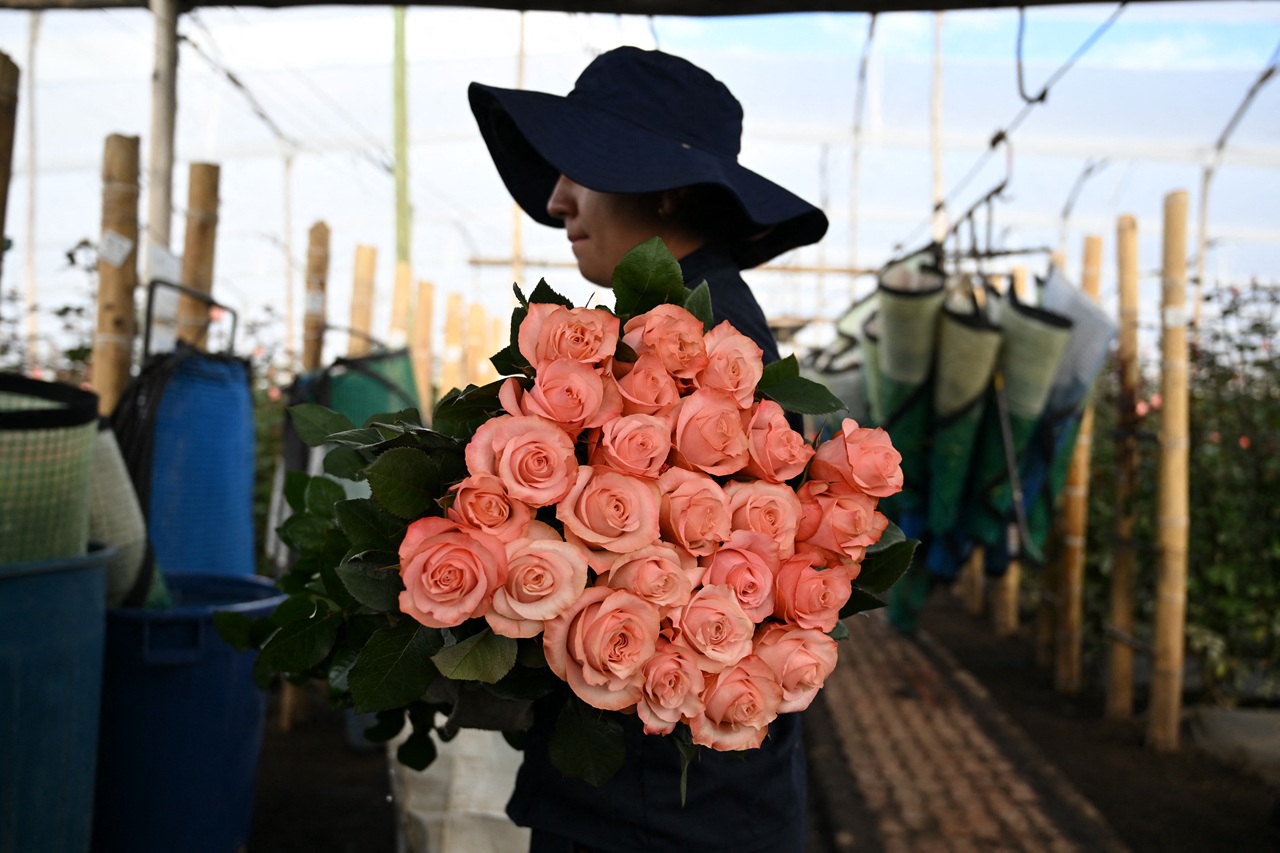
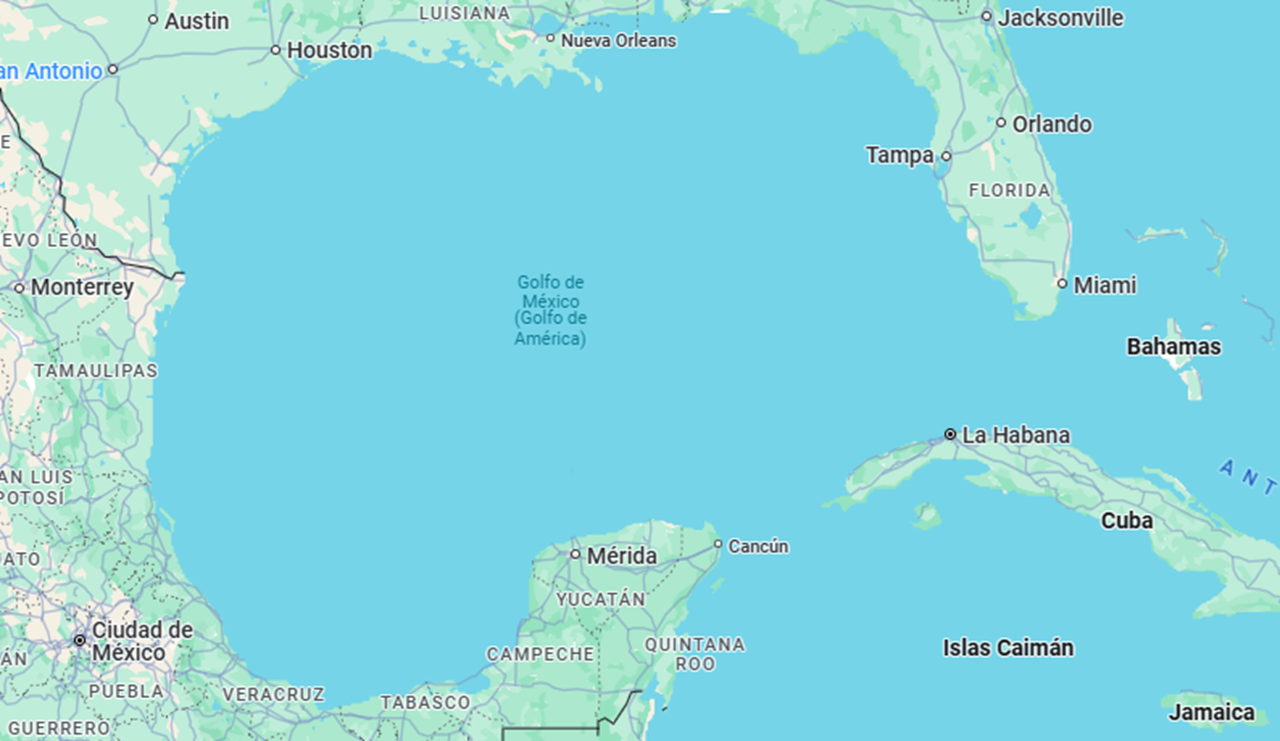
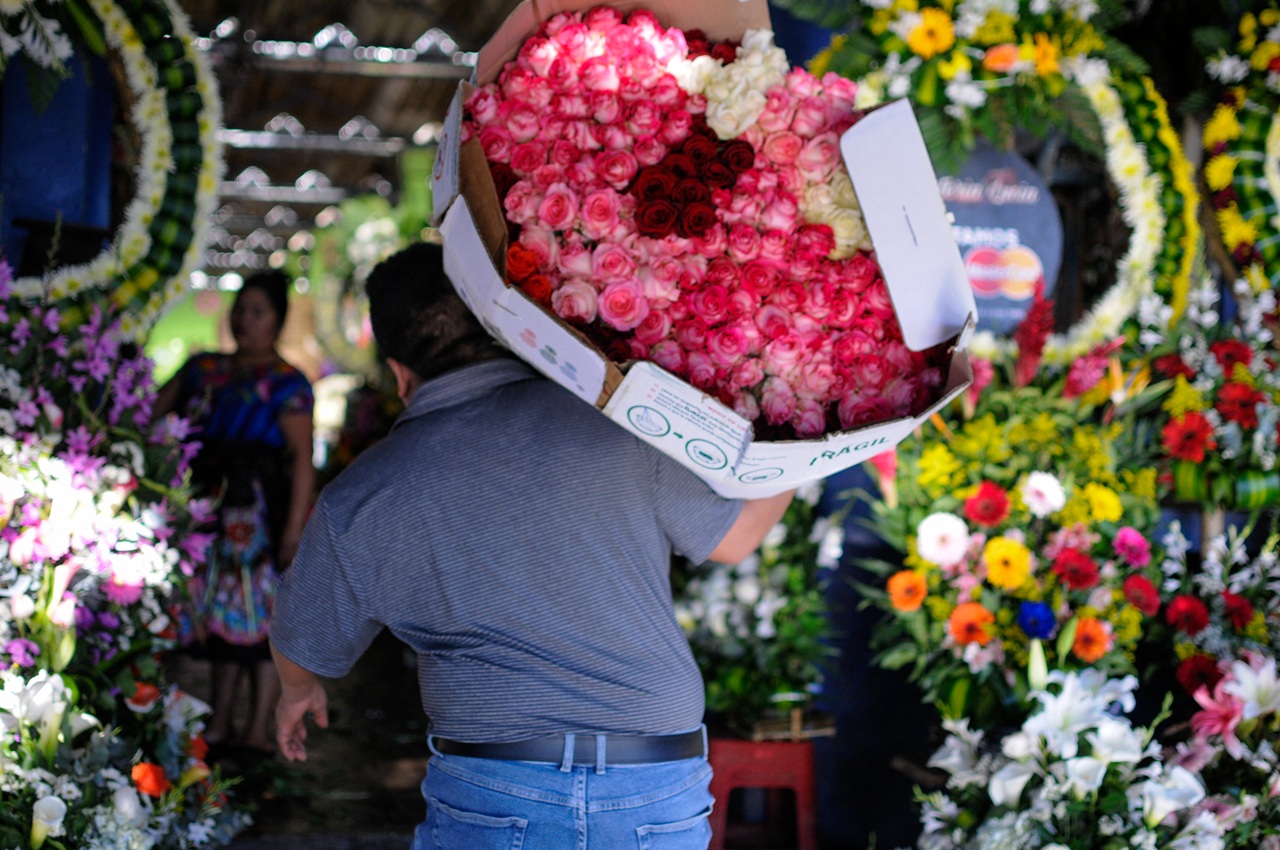
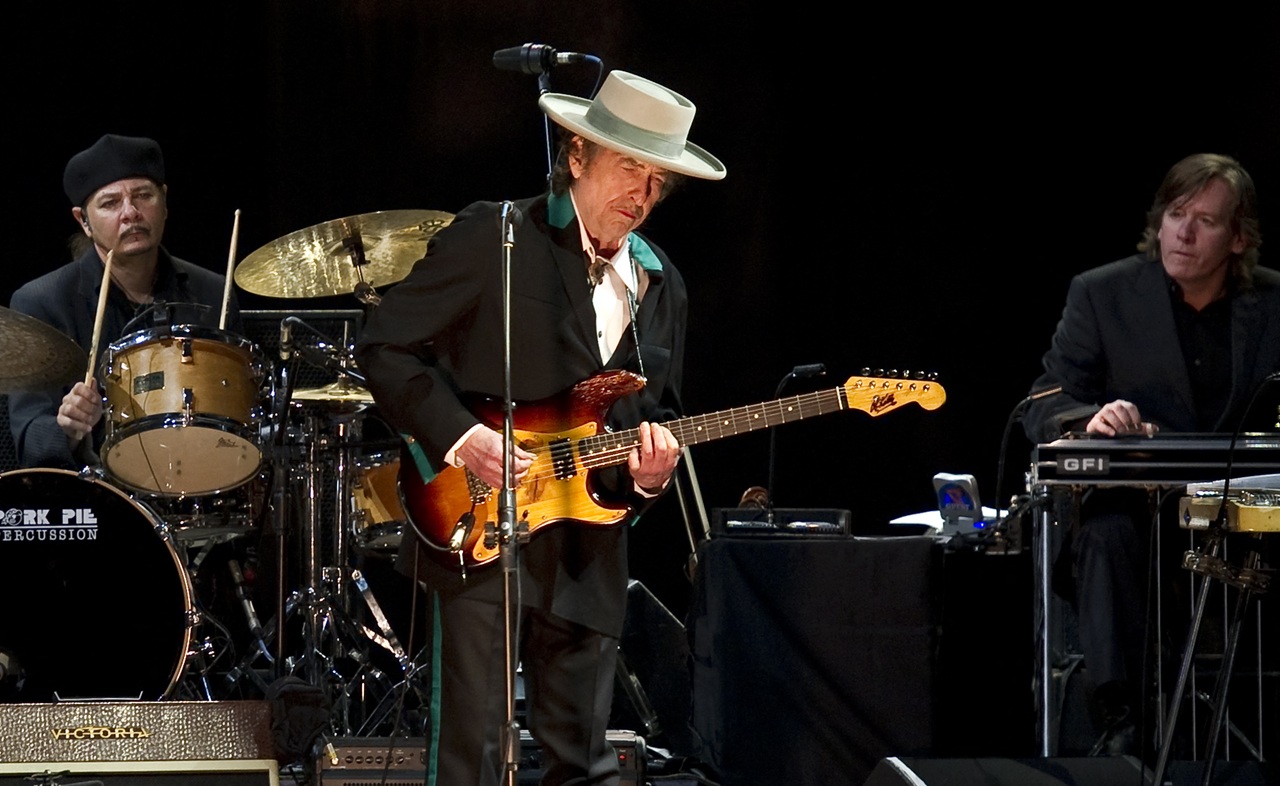
LEAVE A COMMENT: